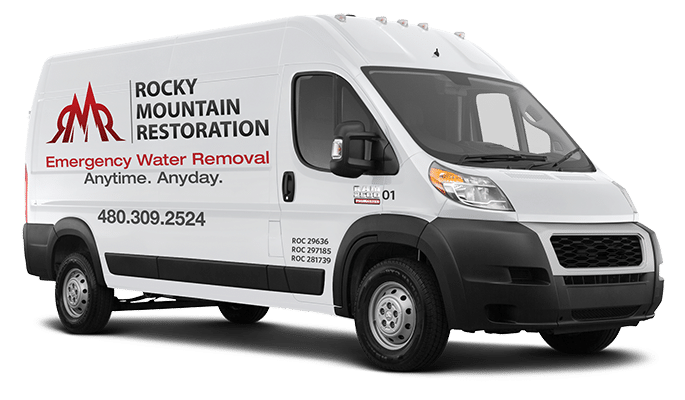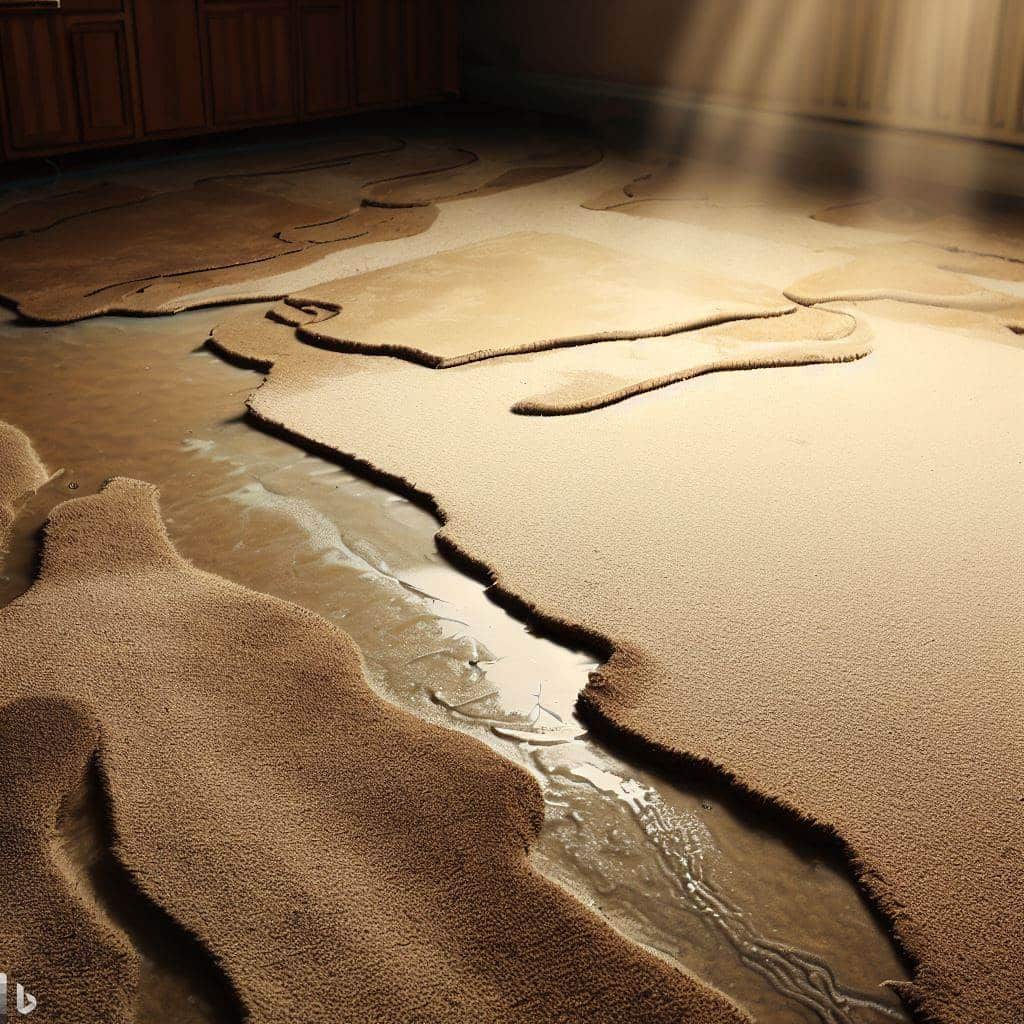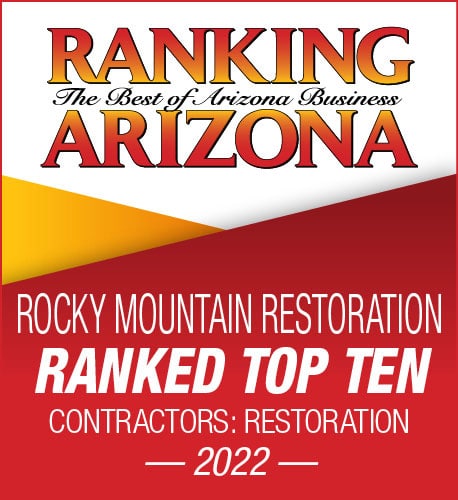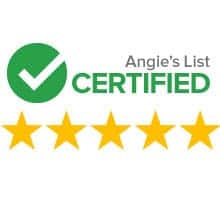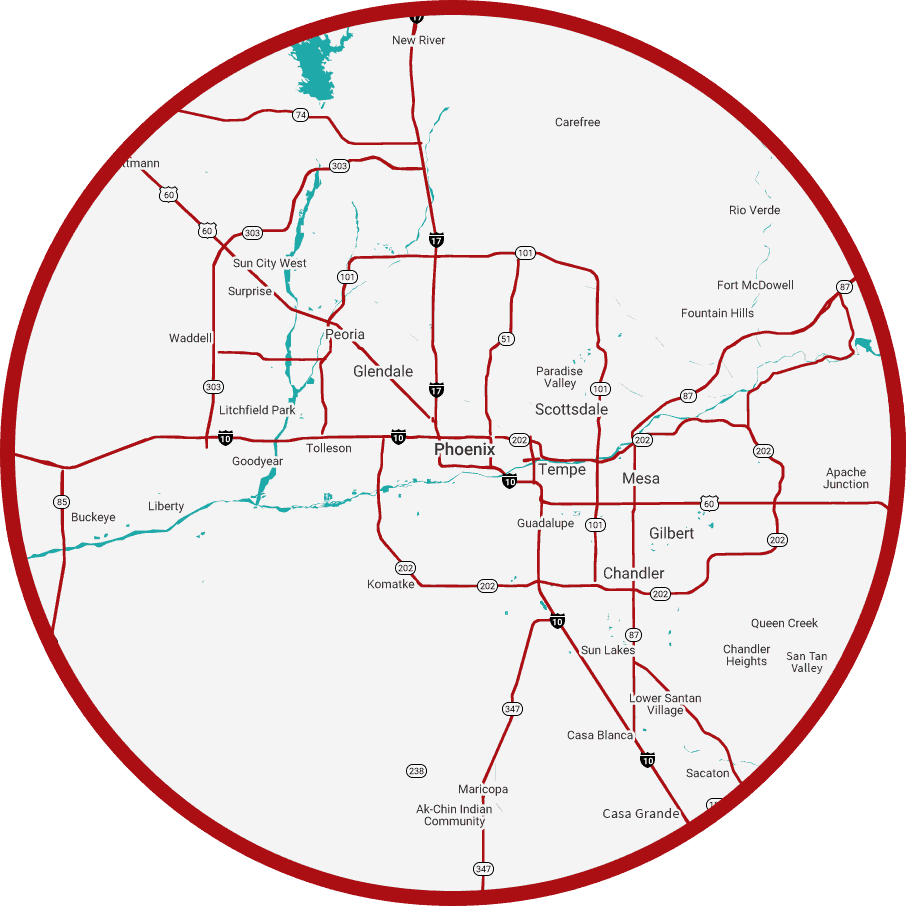Did you know over 14,000 people in the U.S. face water damage emergencies daily? This shows how common water damage is. It’s key for homeowners and businesses to know how to fix it quickly. Fast action can stop big losses and damage.
Fixing water damage starts with knowing the types and risks. Clean water, gray water, and black water each need different steps. Quick action is vital to avoid more damage and high repair costs.
Professional help often starts with a detailed check to see how bad the damage is. This helps plan the best fix. Waiting too long can lead to mold, structural problems, and higher costs. Quick fixes include stopping leaks, drying areas, and fixing damaged parts. This can be done by pros or DIY.
Key Takeaways
- More than 14,000 daily instances of water damage occur in the U.S.
- Understanding the type of water damage is key for effective repair.
- Quick action stops more damage and cuts costs.
- Professional checks help find out how bad the damage is.
- Good repair means stopping leaks and drying areas.
- Waiting too long can cause mold and structural issues.
- Both professional and DIY repair methods work.
Understanding Different Categories of Water Damage
Knowing the different types of water damage is key to fixing it right. The Institute of Inspection, Cleaning and Restoration Certification (IICRC) groups water damage into three types. Each type has its own level of contamination and health risks.
Category 1: Clean Water Damage
Clean water damage comes from safe sources like rain or melting snow. It’s also from leaks in water supply lines. Items hit by clean water can usually be dried and fixed easily. But, it’s important to act fast to stop it from getting worse.
Category 2: Gray Water Damage
Gray water damage is more serious. It can make you sick if you touch it or drink it. It often comes from things like dishwashers or toilets without feces. Cleaning and disinfecting are critical to make it safe again.
Category 3: Black Water Damage
Black water damage is the worst kind. It’s full of harmful germs from sewage or floodwaters. This damage needs quick and thorough cleaning. It’s so dangerous that experts must handle it to make your place safe again.
Steps to Take for Water Damage Repair
Fixing water damage starts with quick and smart actions. It’s important to handle it right to fix the area and avoid future issues. Here are the key steps to manage water damage well.
Immediate Actions to Stop Water Source
The first step is to find and stop the water source. This might mean turning off the main water line or fixing leaks. Quick action helps limit damage and makes future prevention easier.
Safety Measures to Consider
Keeping safe while fixing water damage is key. Turn off electricity in affected areas to avoid electrical dangers. Wear gloves and masks to protect against harmful substances. Also, check the structure for any risks or weaknesses.
Drying and Dehumidifying
After safety steps, focus on drying and dehumidifying. Use fans, dehumidifiers, and air movers to remove moisture. Drying well is vital to stop mold and mildew, which can grow quickly after water damage.
Inspecting for Mold Growth
After drying, do a detailed check for mold. Mold can be harmful and weaken structures. If you find mold, get professionals to remove it. This ensures your space is safe and healthy after water damage.
What is the Best Way to Fix Water Damage?
Fixing water damage starts with quick action and knowing the damage type. It’s key to find and stop the water source fast. This stops more damage. For small issues, you can dry and dehumidify areas yourself.
For minor damage, use fans, dehumidifiers, and open windows. This helps dry out the area. Always check for mold, as it grows fast in damp places. Clean and disinfect well to stop mold and keep your home healthy.
But, for big water damage, like black water or structural problems, you need pros. They have the tools and know-how for a full fix. Knowing when to get help is key for a good fix.
Keep your home in check with regular checks and maintenance. Quick action and the right fixes can stop damage from getting worse. This keeps your home safe and sound.
Conclusion
Dealing with water damage needs a smart plan. First, you must know the damage type and how bad it is. Each case, from clean water to black water, needs its own fix. Quick action, like stopping water and staying safe, is key at the start.
Keeping safe is very important. It helps people and stops more damage. You should dry and dehumidify wet areas and check for mold. These steps help fix things and keep everyone healthy.
Choosing professional water damage services is wise. They do the repairs and teach you how to avoid future problems. This keeps your property safe and prevents more damage. So, picking good water damage services is key to protecting your place.
